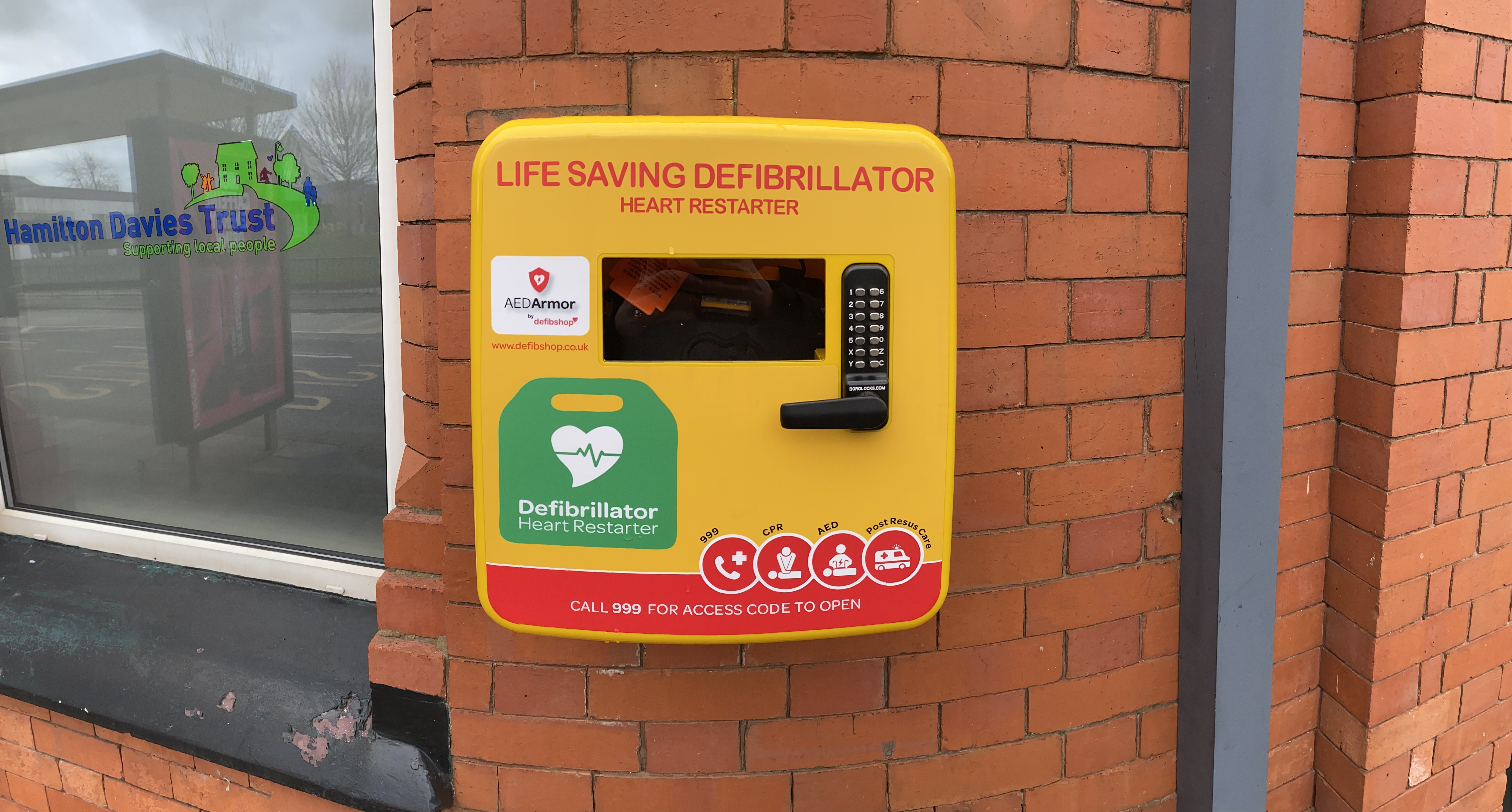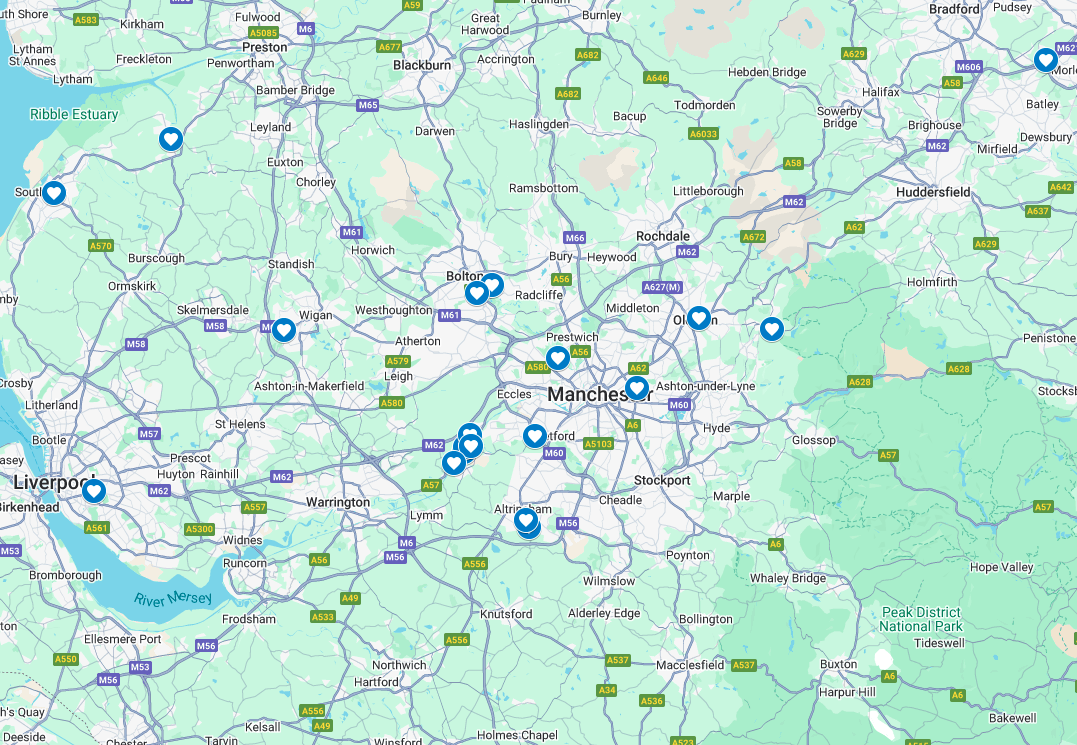Why Public Access AEDs Are the Answer to Cardiac Arrest Survival

Whilst defibrillators are becoming more and more present in public locations in the UK, we cannot deny the need for more in order to make a real difference in the statistics which surround cardiac arrest.
The Facts
Currently, 30,000 people in the UK die each year due to Sudden Cardiac Arrest. A figure which could be reduced dramatically with the availability of more Public Access AEDs (PADs) as well as having devices installed within workplaces and schools for quick retrieval.
Despite a sudden growth in the awareness of cardiac arrest, it is still NOT a government requirement for workplaces or schools to be equipped with the devices and so we still have a long way to go before they are made a mandatory safety precaution.
There are no warning signs for SCA and can occur with no prior symptoms to anyone regardless of age, gender or health. Quick shock therapy and survival increase go hand on hand and with a current Emergency Response Time of 8-11 minutes in the UK, having the definitive treatment available as quickly as possible is imperative for the survival of the victim.
Without treatment, a victim of cardiac arrest’s chances of survival decreases by 10% with each passing minute.
Quick Access
There have been many instances where a defibrillator was needed in an emergency situation but could not be accessed, most recently in Kidderminster where young Finlay Emanuel required defibrillation after he stopped breathing.
Finlay, who has a rare illness, stopped breathing after his lung collapsed. Waiting for medical assistance, Finlay’s parents were incredibly distressed that the nearest defibrillator was locked in a school.
Thankfully Finlay survived after receiving the vital treatment; however his mother and father have spoken out of the need for more defibrillators available in the community to avoid such incidents from occurring again.
Current statistics show just 10% of victims survive a cardiac arrest out of hospital. This has got to change.
Call to Action
The only viable and proven solution to these lacking statistics, is for the increased accessibility of defibrillators in public places.
Train stations, village halls, leisure centres, cafes, hotels; an AED can bring life-saving results to any location and is a vital need for preserving life and promoting recovery.
Bystander CPR alone can help to double the likelihood of a full recovery, teamed with a shock from an AED, chances of survival can increase from just 6% to 74% when delivered within the first 3-5 minutes of collapse.
Whilst gaining first aid skills is often up to the individual to learn, providing courses through your company is a fantastic way of creating prompt and effective first aiders not only for your workplace but for the local community too. The more people equipped with first aid knowledge, the greater the chance of action in an emergency situation where CPR can be delivered to prevent the casualty’s organs from being deprived of oxygen.
This life-saving care can be administered whilst a defibrillator is being retrieved and can make an incredible difference in the chances of life and death.
Solution
So what’s the solution? That’s easy, more accessible AEDs within communities.
How can we achieve this? Well, there are many ways to encourage an increase of these life-saving devices in your area.
Encouraging your employer, your child’s school, your local leisure centre to get equipped will help to create more AED hot spot locations, as well as applying to your local council to invest in a defibrillator access point.
Once an AED is purchased, it can be registered with your local ambulance who can then advise emergency callers on its location should a cardiac arrest occur nearby.
We hope reading this article has encouraged you to look further into making that life-saving investment in your community, or even just sharing this article to raise awareness of the need for these vital devices.
Do you have an AED Access Location in your community? Send us your pictures or start a discussion on the need for a defibrillator in your local area by connecting with us on twitter.












